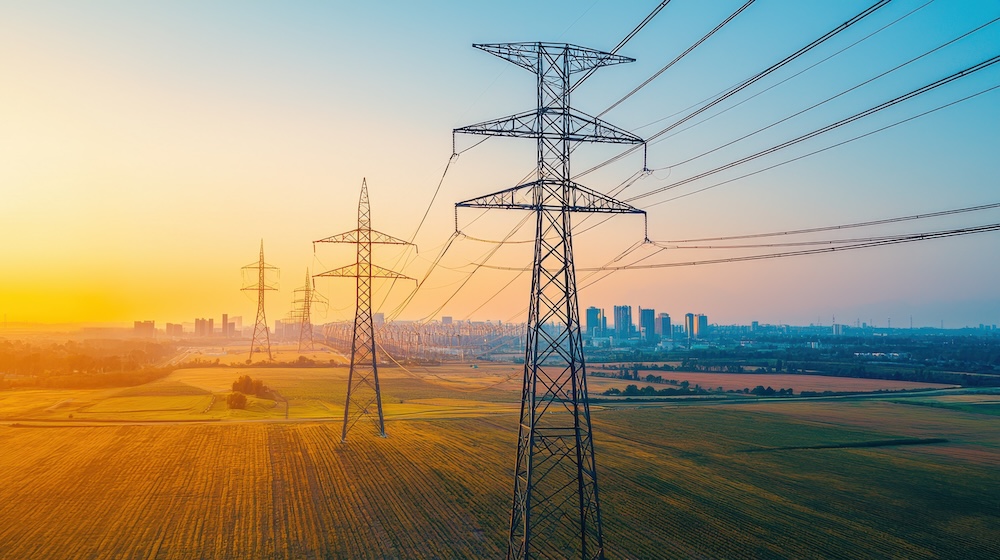by John Schmoker, CTS Project Manager
NERC’s 2025 Summer Reliability Assessment (SRA) finds and elevated risk of supply shortfalls during wide-area heat waves and abnormal weather conditions like those that have occurred in recent summers. As a result, system operators in many parts of North America could face challenges meeting peak electricity demand. Reserve shortages can occur during a range of conditions that include above-normal electricity demand, periods of low wind and solar output, and wide-area heat events that disrupt available transfers and generator availability. New resource additions—primarily solar and some batteries—are helping to meet surging load growth that continues to strain resources. However, these additions are offset by ongoing generator requirements and introduce more complexity and energy limitations to the resource mix. – 2025 SRA
HIGHLIGHTS
- The annual Summer Reliability Assessment (SRA) evaluates resource adequacy to meet projected peak demand and identifies potential reliability issues and region-specific risks.
- Risks in this year’s assessment are consistent with the 2024 Long-Term Reliability Assessment (LTRA)
- Key risks include:
- Rising demand forecasts
- Insufficient generation growth
- Rate of change of resource mix
- All regions should have adequate resources for normal summer peak load.
- MISO, NPCC-New England, MRO and ERCOT are at moderate risk under more severe loading conditions.
- The National Oceanic and Atmospheric Administration (NOAA) forecasts above-normal temperatures and below-normal precipitation for summer 2025.
- Fifteen of the 23 assessment areas are expecting an increase in peak summer demand from Summer 2024.
- The aging conventional generation fleet poses risks of abnormally high outage rates during peak demand.
- Increased battery storage capacity is helping bridge the gap between conventional and IBR generation resources.
- IBR performance remains a concern for grid operators relying on those resources to meet increasing demand.
- Natural gas supply is in question with rising demand for exports and lower production rates.
- Supply chain issues for BES components could become more prevalent with changes in tariff policies.
IMPACTS AND RECOMMENDED ACTIONS
The 2025 Summer Reliability Assessment indicates a relatively low-risk summer season, which is a welcome respite from the seemingly endless risks to the BPS. However, NERC has provided the following recommendations as we approach this year’s hottest months:
- RCs, BAs, and TOPs in the elevated risk areas identified in the key findings should take the following actions:
- Review seasonal operating plans and the protocols for communicating and resolving potential supply shortfalls in anticipation of potentially extreme demand levels.
- Consider the potential for higher-than-anticipated forced generator outage rates in operating plans due to plant age, operating patterns, or limited pre-seasonal maintenance availability.
- Employ conservative generation and transmission outage coordination procedures and operate conservatively commensurate with long-range weather forecasts to ensure adequate resource availability.
- Engage state or provincial regulators and policymakers to prepare for efficient implementation of demand-side management mechanisms called for in operating plans.
- GOs with solar PV resources should implement recommendations in the IBR performance issues alert that NERC issued in March 2023.
- State regulators and industry should have protocols in place at the start of summer for managing emergent requests from generators for air-quality restriction waivers. If warranted, U.S. Department of Energy (DOE) action to exercise emergency authority under the Federal Power Act (FPA) section 202(c) may be needed to ensure that sufficient generation is available during extreme weather conditions.
DISCUSSION
This year’s SRA is more optimistic than previous years as all regions are predicting adequate resources for typical summer load conditions. However, a few regions, such as MISO, NPCC-New England, MRO, and ERCOT are at moderate risk under more severe loading conditions. The primary risk factors have been carried over from previous years. NERC is citing increased demand, declining generation, and changes to the resource mix as the primary concerns.
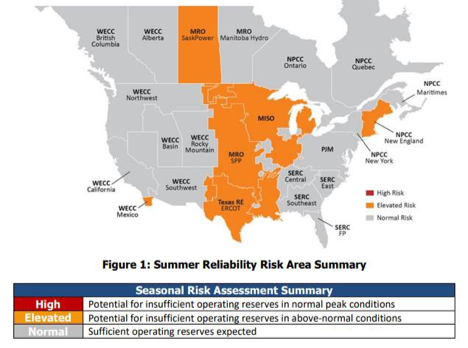
Compared with the last three years, the overall trend looks promising; however, looks can be deceiving.

According to the latest data, the rate of load growth has doubled over the last year while retirements continue to shave away reserve margins.
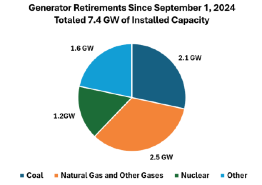
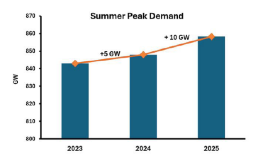
The above trend has been consistent over the past five years and margins are getting dangerously thin in some areas. Although not reflected in this year’s SRA, PJM recently reported that they plan to use emergency measures as soon as this summer to manage demand. The announcement drew sharp criticism from FERC Chairman Mark Christie during his May press conference:
“Noting the PJM report that came out this week, PJM actually thinks they’re going to have to use emergency measures to meet load. I don’t think they’ve ever put a report out saying that they were planning to use emergency measures. Their operational capacity is down 3.6 gigs, and their load is up 1.9 gigs so it’s the same trend that we see, and I’ve been talking about for years. The arithmetic doesn’t add up when you’re losing dispatchable generation through early retirement and it’s not being replaced with equivalent capacity. You don’t have to be a math PhD to see that the arithmetic just doesn’t work and we seem to be getting closer and closer and closer to the edge in PJM.”
Many are looking for Inverter-Based Resources (IBRs) to fill the gap, but even with the rapid adoption of technology, new installations are struggling to keep pace with the retirements of conventional units. Furthermore, NERC cites rapid changes to the resource mix and IBR performance as additional risk factors making IBRs look less like an ace up the sleeve.
To make matters worse, NOAA is predicting another hot and dry summer for most of the country. Fire danger in the Northwest is a particular concern with below-average precipitation expected for the region.
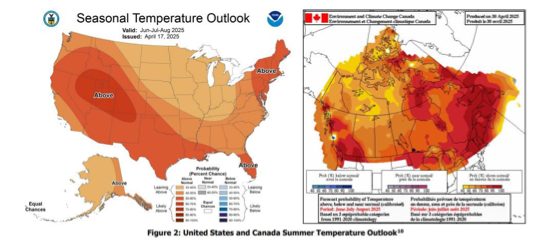
Despite evolving risk patterns, NERC’s recommendations in this year’s SRA remain largely unchanged from last year – look as far out as practical, operate conservatively, and expect performance issues regardless of generator technology.
LINKS AND RESOURCES
